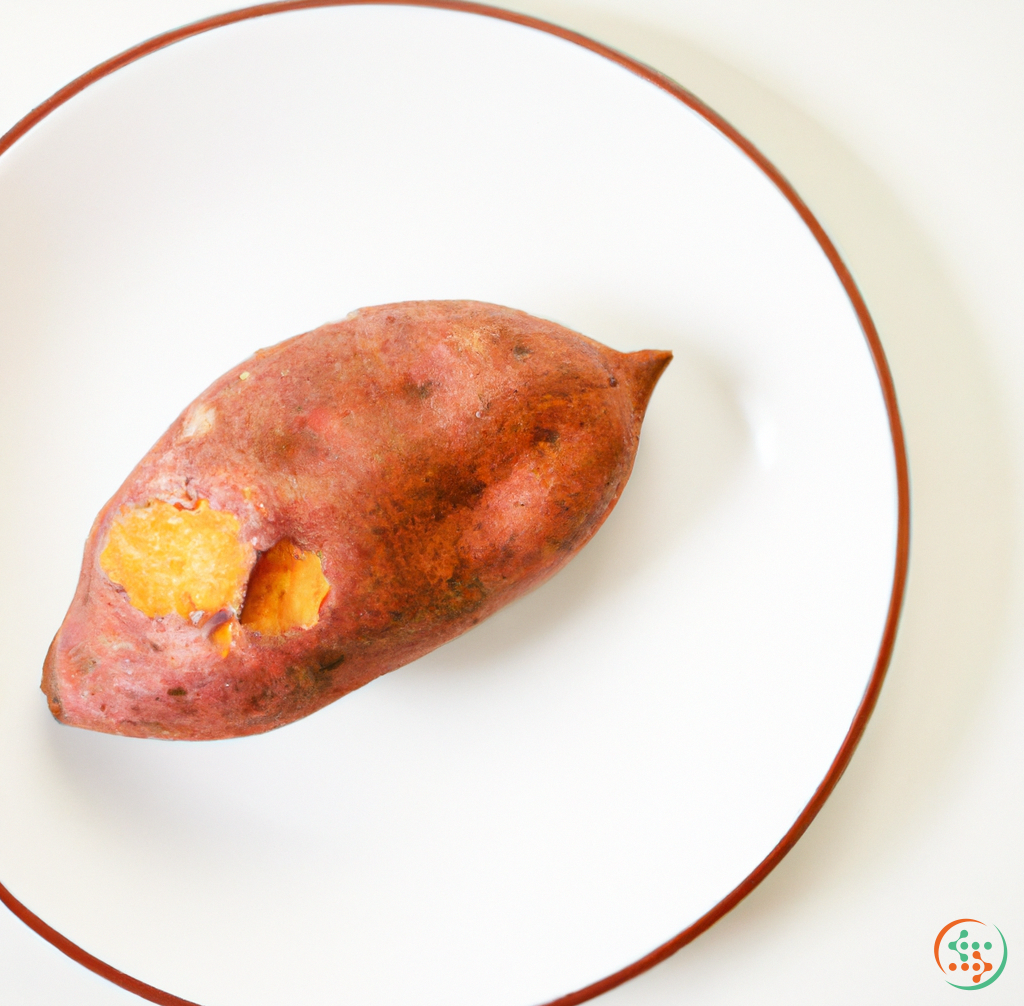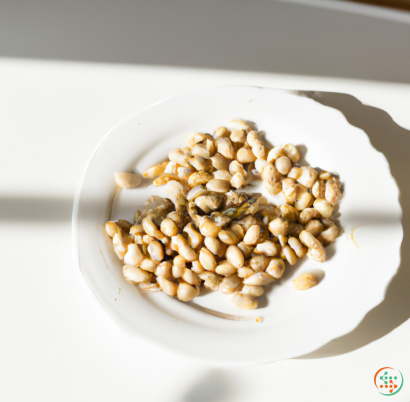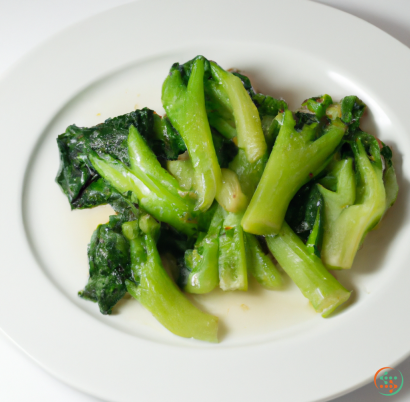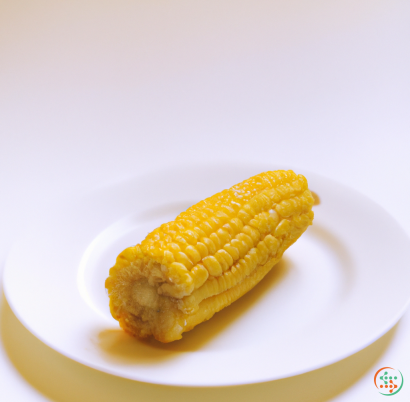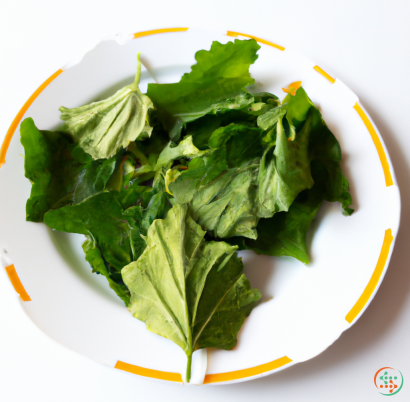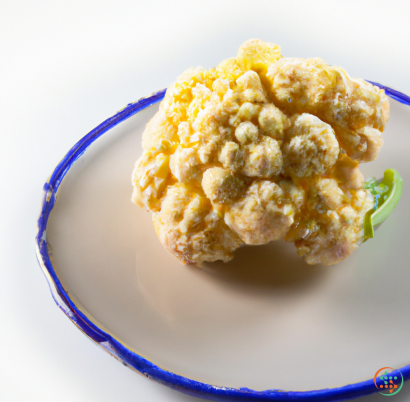Sweet Potato
Sweet potatoes are a delicious and versatile addition to any diet. They are packed with essential vitamins and minerals, making them a nutritionally beneficial food. Sweet potatoes belong to the Convolvulaceae family - they are related to morning glories and their flowers and vines resemble similar shapes. The edible tuberous root vegetable, which has several varieties, may be confused with yams, but they’re a different type of plant. Sweet potatoes are rich in dietary fiber, vitamin A, vitamin C, magnesium, potassium, and manganese. Let’s take a closer look at what exactly a sweet potato is, the different types, and how to prepare and eat it.
What is a sweet potato?
A sweet potato (Ipomoea batatas) is a root vegetable with a large fleshy tap root. It is native to the tropical regions of the Americas and the Caribbean. Sweet potatoes come in many different varieties and can be white, yellow, orange, or purple in color. The flavor of the sweet potato can range from nutty and earthy to sweet and creamy, depending on the variety.
Varieties of sweet potatoes
There are several different varieties of sweet potatoes, each with its own characteristics. The most popular are the white-fleshed sweet potatoes, which have a light, mealy texture. They’re also the least sweet of all the varieties. The yellow-fleshed sweet potatoes tend to be on the sweeter side, while the orange-fleshed varieties are the sweetest. There are also tanned-skinned sweet potatoes, which have a golden or reddish hue, and purple-fleshed sweet potatoes, which have a distinct nutty flavor.
Nutritional facts
Sweet potatoes are an excellent source of dietary fiber, vitamin A, vitamin C, magnesium, potassium, and manganese. They are also a good source of iron, B vitamins, copper, and calcium. They’re incredibly versatile and can be used in a variety of dishes, from casseroles and soups to baked goods and stir-fries.
Preparation and usage
Sweet potatoes can be eaten cooked, roasted, mashed, or fried. When buying sweet potatoes, look for firm ones without any bruises, soft spots, or signs of spoilage. Before cooking them, wash them thoroughly and peel off the skin, which can be done with a vegetable peeler. Sweet potatoes can then be boiled, steamed, roasted, or grilled. Boiled sweet potatoes can be mashed and added to dishes like soups and stews, while roasted sweet potatoes are perfect for salads.
Mashes with seasonings and spices are popular, as are sweet potato fries. Sweet potatoes can also be used in baking recipes like muffins and pies. And, of course, sweet potatoes make great additions to traditional holiday dishes like candied yams.
Health benefits
Eating sweet potatoes may contribute to overall health in several ways. Because they are a good source of dietary fiber, they can help to keep you feeling full longer, which can aid in weight management. They also contain several B vitamins, which contribute to healthy energy levels. The abundance of carotenoid antioxidants in sweet potatoes may also help to ward off free radical damage and reduce inflammation in the body. In addition, sweet potatoes are a good source of potassium, which helps to regulate blood pressure and reduce the risk of stroke and other cardiovascular diseases.
Conclusion
Sweet potatoes are a nutritional powerhouse, packed with vitamins, minerals, fiber, and carotenoid antioxidants. They come in many different varieties, from white to orange, yellow to purple – with flavors that range from sweet and creamy to earthy and nutty. Sweet potatoes are incredibly versatile and can be cooked in a variety of ways, from mashed and fried to baked and roasted. Their health benefits include weight management, healthy energy levels, and a reduction in inflammation. Whether you’re looking for a nutritious side dish or a main course, sweet potatoes are a delicious and nutritious option.
The Sweet Potato: From Soil to Supper Plate
When you take the first bite of a delicious helping of sweet potatoes at the dinner table, you may never think about all the work and science that went into getting those nutrient-packed tubers from soil to supper plate. But the life of a sweet potato starts long before it reaches your hands. Throughout its life, the sweet potato is exposed to a variety of environmental stresses, from insect pests and disease pressures, to the specific needs for soil amendments and nutrient availability, to the harvesting and curing processes required for successful storage. Exploring the science behind this amazing vegetable will help us better understand how it grows, how to ensure its highest nutritional value, and even how sweet potatoes can be used to feed the world’s growing population!
The sweet potato, botanically known as Ipomoea batatas, is a member of the Convolvulaceae family, commonly known as the morning glory family. It is a vegetable that is native to South America, although it was introduced to the Old World in the 1700s. Sweet potatoes have a wide range of varieties, from smooth, white skinned potatoes to dark, red-fleshed sweet potatoes, varying in shape and size. While some varieties are eaten in their entirety, others are sliced and served in stir-fry, baked with some butter and cinnamon, or boiled and served as mash. The sweet potato is one of the most versatile vegetables, and a great source of vitamins A, C, and B-complex, as well as minerals such as calcium, phosphorus, and magnesium.
To start the life of a sweet potato, you let your eyes wander deep into the soil. At this stage, the sweet potato is still only a sprouting seed and will become a full, mature sweet potato in the following months. The growth of the sweet potato is dependent on many environmental factors and begins at the time of planting. The sweet potato typically thrives in temperatures ranging from 60 to 70 degrees Fahrenheit, although it can survive warmer temperatures as well.
The soil, which provides essential nutrients and water to the crop, is an important factor for success. Sweet potatoes require well-drained, sandy loams with a low pH, typically 6 or 7, for optimal growth. Additionally, sweet potatoes require a certain amount of fertilizer for healthy plant growth. Generally, the fertilizer should provide a balanced supply of nitrogen, phosphorus, and potassium to the developing crop. Nitrogen helps with vegetative growth while phosphorus aids in root development and potassium supports tuber formation and ripening.
A common stress that is often experienced by sweet potatoes is the presence of pests, such as aphids, caterpillars, and bugs, which can feed on the leaves, stems, and fruits of the plants. To minimize attacks, sweet potato farmers can make use of integrated pest management systems, which combine the use of beneficial insects, such as ladybugs, with cultural practices such as crop rotation, judicious use of pesticides, and early detection of disease.
As the sweet potatoes mature, they begin to develop an array of shapes and sizes. Different varieties will possess different days to maturity, ranging from 70-115 days. To ensure maximum yields and quality, sweet potatoes must be harvested at the appropriate time. The best time for harvest is when the leaves have begun to yellow and die back, and the roots are turning a reddish-orange color. The potatoes should be carefully handled when harvested; too much bruising can lead to spoilage.
Once the sweet potatoes have been harvested, they must be cured in a warm environment in order to harden their skins and allow them to store for long periods of time. During the curing process, sweet potatoes can be exposed to temperatures between 80-85?, with high humidity. This process usually takes between 5-7 days and helps keep the tubers fresh during storage.
Once the sweet potatoes have been properly cured, they can then be stored in a cool, dry area. Generally, sweet potatoes can stay fresh for up to three months when stored at just above freezing temperatures. After that, the sweet potatoes can then go to be processed and prepared for consumption.
When finally presented on a plate, the sweet potato can range in various dishes. It can be cooked in a variety of ways, including baking, steaming, boiling, frying, grilling, or roasting. The versatility of the sweet potato means that potential recipes are endless. From mashed sweet potato casserole to honey-glazed sweet potatoes to sweet potato fries, the sweet potato is a great addition to any meal.
The sweet potato is one of the most important vegetables in the world, providing essential nutrition and sustenance to billions of people around the globe. With its unique flavor, the sweet potato can be used in a range of cuisines, appealing to people of all cultures and dietary preferences. The science behind the sweet potato is key in understanding how to adequately grow and store this nutrient-packed tuber. Understanding how the sweet potato is grown, stored, and prepared helps us fully appreciate the complex journey this vegetable takes to finally reach your wonderful supper plate!
| Vitamin A | 0.787 mg | |
| Beta-Carotene | 0.009444 grams | |
| Vitamin E | 0.94 mg | |
| Vitamin K | 0.0021 mg | |
| Vitamin C | 0.0128 grams | |
| Vitamin B1 | 0.06 mg | |
| Vitamin B2 | 0.05 mg | |
| Vitamin B3 | 0.54 mg | |
| Vitamin B4 | 0.0108 grams | |
| Vitamin B5 | 0.58 mg | |
| Vitamin B6 | 0.17 mg | |
| Vitamin B9 | 0.006 mg |
| Calcium | 0.027 grams |
Daily Value 1.3 g
|
| Iron | 0.72 mg |
Daily Value 0.018 g
|
| Magnesium | 0.018 grams |
Daily Value 0.4 g
|
| Phosphorus | 0.032 grams |
Daily Value 1.25 g
|
| Potassium | 0.23 grams |
Daily Value 4.7 g
|
| Sodium | 0.027 grams |
Daily Value 2.3 g
|
| Zinc | 0.2 mg |
Daily Value 0.011 g
|
| Copper | 0.09 mg |
Daily Value 0.9 mg
|
| Manganese | 0.27 mg |
Daily Value 0.0023 g
|
| Selenium | 0.2 ug |
Daily Value 0.055 mg
|
| Tryptophan | 0.028 grams | |
| Threonine | 0.073 grams | |
| Isoleucine | 0.048 grams | |
| Leucine | 0.081 grams | |
| Lysine | 0.058 grams | |
| Methionine | 0.025 grams | |
| Cystine | 0.019 grams | |
| Phenylalanine | 0.078 grams | |
| Tyrosine | 0.03 grams | |
| Valine | 0.075 grams | |
| Arginine | 0.048 grams | |
| Histidine | 0.027 grams | |
| Alanine | 0.067 grams | |
| Aspartic Acid | 0.335 grams | |
| Glutamic Acid | 0.135 grams | |
| Glycine | 0.055 grams | |
| Proline | 0.046 grams | |
| Serine | 0.077 grams |
| Glucose | 0.54 grams |
|
| Fructose | 0.43 grams |
|
| Sucrose | 1.43 grams |
|
| Maltose | 3.34 grams |
|
| Total Sugars | 5.7 grams |
per 100g
|
| Palmitic acid (16:0) | 0.03 grams |
|
| Total Saturated fatty acids: | 0.03 g | |
| Linoleic acid (18:2) | 0.06 grams |
|
| Total Polyunsaturated fatty acids: | 0.06 g | |
